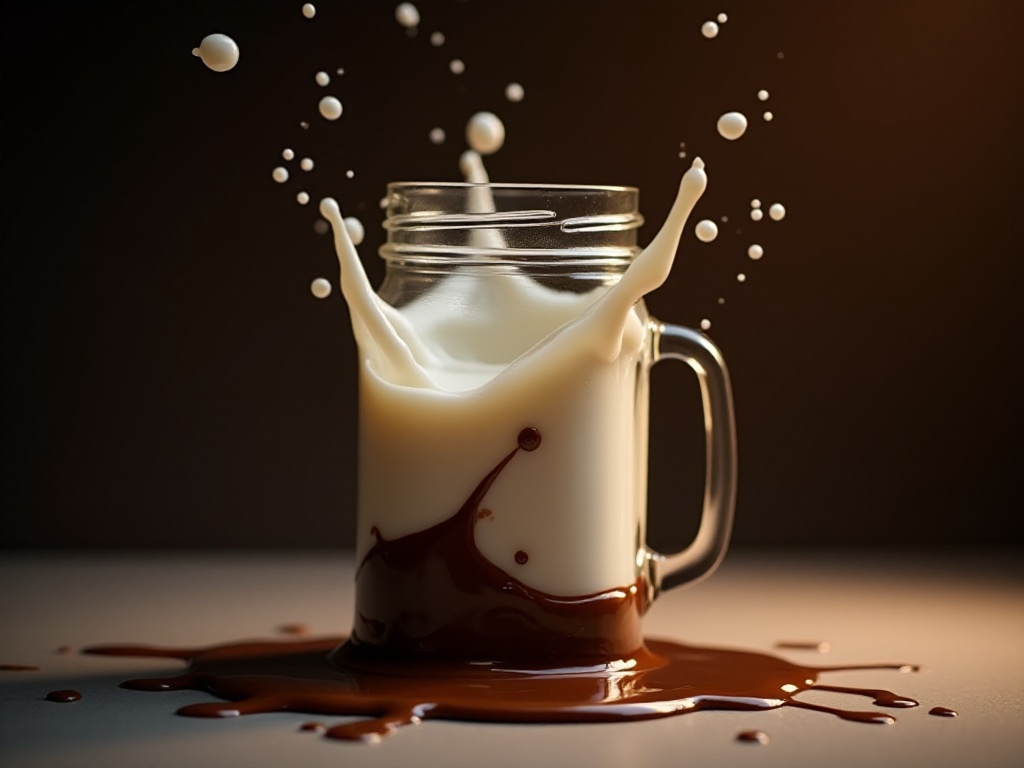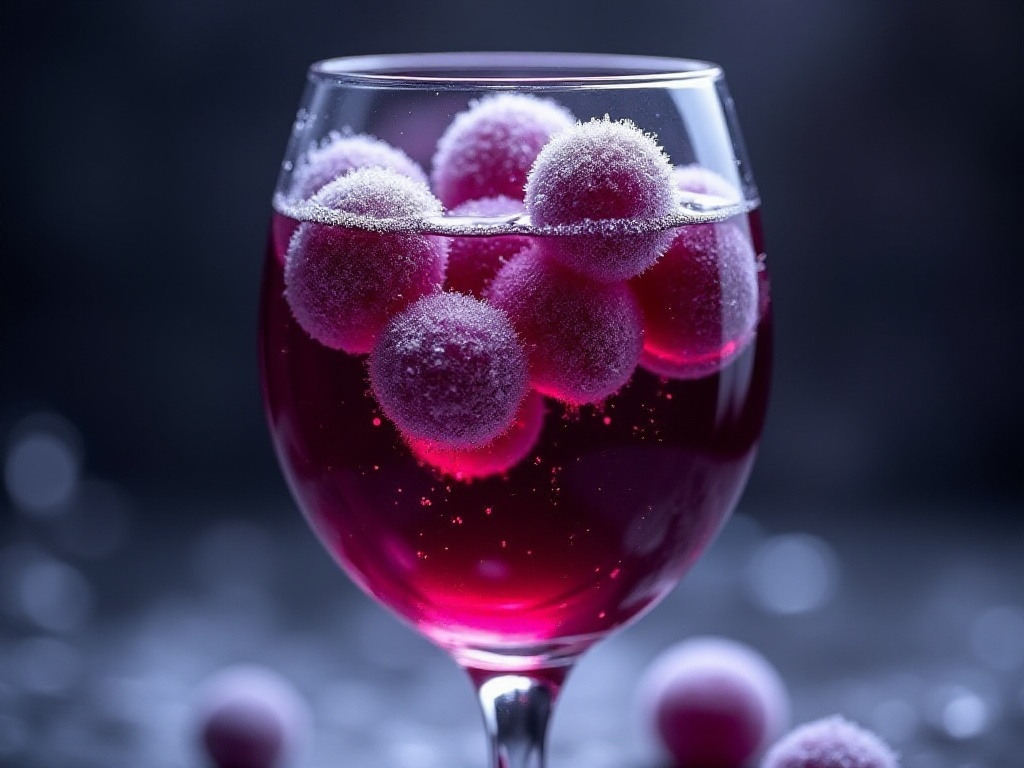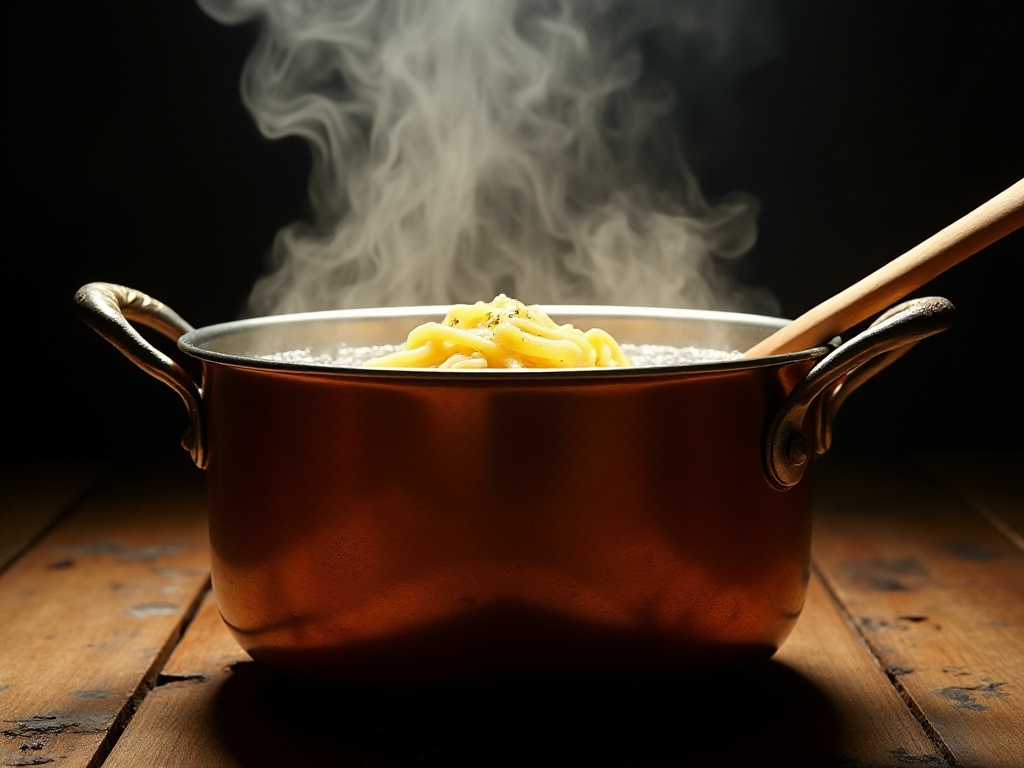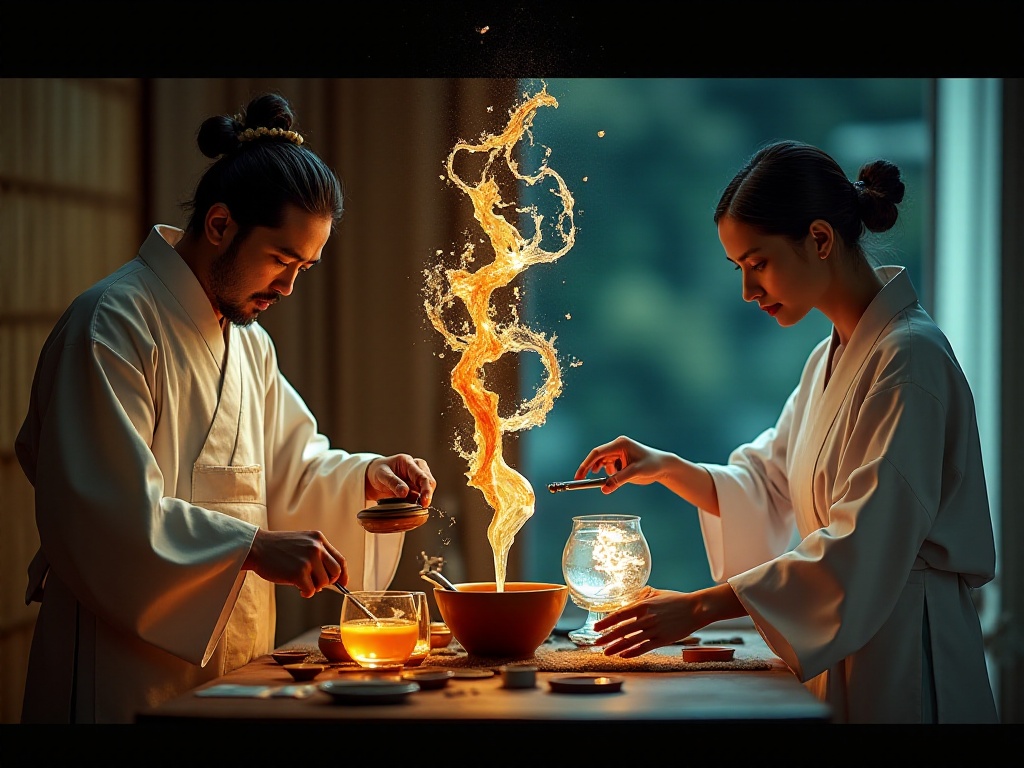Introduction
Are you often troubled by various kitchen issues? For instance, your newly bought fruit tea bags taste super bland, homemade milk tea never tastes quite right, or rice always boils over? As a kitchen expert who experiments with various drinks and foods daily, I've experienced all these problems. After years of exploration and practice, I've summarized a set of particularly useful tips to share with everyone.
Beverage Improvements
To be honest, I started my beverage journey with the most basic milk tea. At first, I knew nothing and thought milk tea was just tea bags with milk, but the results were terrible. Later, through continuous experimentation, I discovered that Assam black tea bags work best, the tea needs to fully release its flavor, and you must use hot water; otherwise, the tea aroma won't be rich enough. As for milk, I recommend whole milk for a smoother texture.
Ice selection is also technical. I once turned a carefully crafted mojito into plain water by using regular ice cubes, a frustrating memory that stays with me to this day. Now I choose appropriate ice based on different drinks: crushed ice is suitable for beverages that need quick cooling due to its large surface area; large ice cubes are better for whiskey and similar drinks that should be savored slowly, as they melt more slowly and won't dilute the flavor.
Speaking of which, I must share one of my favorite tips: using frozen fruit instead of ice cubes. Besides grapes, you can use blueberries, strawberries, and orange segments. These fruits not only keep drinks cold but also add natural fruit flavors as they melt. I often use frozen blueberries to chill sparkling water, and the blueberries become a natural dessert afterward - simply amazing.
Temperature control is also crucial. Many people think drinks should be as cold as possible, but that's not true. Different beverages have optimal drinking temperatures. For example, green tea's aroma is most prominent at 70-80 degrees, while coffee tastes best at 60-65 degrees. Now I use a thermometer to control temperature - it might seem perfectionist, but the results are fantastic.
The order of mixing ingredients is also important. Take simple lemon water: if you add sugar before lemon, the sugar neutralizes the lemon's acidity, making it less refreshing. The correct method is to put lemon slices in first, add room temperature water, then adjust sugar to taste. This preserves the lemon's fragrance without being too sour.

Cooking Tips
When it comes to cooking, boiling over might be the most annoying problem. Besides using a wooden spoon, I discovered that applying oil around the pot's rim helps - when boiling water creates foam, it disappears upon contact with the oil. However, be careful with safety: keep the oil on the inside rim, not the outside.
Knife skills are a pain point for many. My cuts used to be all over the place until I realized it was mainly due to incorrect posture. When cutting, hold the knife at a 30-degree angle to the cutting board - this saves effort and is safer. Also, organize ingredients into regular shapes before cutting for neat, attractive results.
Controlling heat while stir-frying is also technical. I've developed a simple judgment method: if the oil starts smoking, the temperature is too high; if there's no sizzling sound when adding ingredients, it's too low. The ideal state is hearing a crisp sizzling sound when adding ingredients - that's the perfect temperature for stir-frying.

Storage Tips
Kitchen organization is definitely an art. I divide seasonings into three areas: dry ingredients (salt, sugar, pepper), sauces (soy sauce, oyster sauce, vinegar), and spices (star anise, cinnamon, Sichuan pepper). Each area uses transparent glass bottles with labels facing outward, making it easy to find what you need.
Refrigerator organization is also important. I divide the fridge into different functional zones: drinks and frequently used ingredients on top, short-term storage items in the middle, and long-term storage items at the bottom. Door compartments are specifically for condiments and jams, making them easily accessible.

Beverage Functions
More people are now focusing on the functionality of beverages. I've developed special recipes for different needs. For example, for post-exercise energy replenishment, I use coconut water as a base, adding banana and honey to replenish electrolytes and quickly restore energy.
For mental alertness, besides coffee, mint lemon water is a good choice. Mint's fresh aroma can enhance mental state, while lemon provides vitamin C. I usually steep mint leaves in warm water, let it cool, then add lemon slices and honey - the results are surprisingly good.
Sleep-aid drinks are also a topic of interest for many. My top recommendation is milk with vanilla and cinnamon powder - this combination helps the body relax. Just ensure the temperature is moderate - neither too hot nor too cold.

Practical Advice
The arrangement of beverage-making steps is particularly important. I now do all preparation work in advance: gathering necessary utensils and ingredients, planning the sequence - this greatly improves efficiency. For example, when making fruit tea, I'll cut the fruit and prepare tea bags first, so I can start immediately once the water boils.
Temperature control is often overlooked. Many think just using boiling water is fine, but different teas and ingredients have optimal steeping temperatures. Green tea around 80 degrees, black tea at 95 degrees, and fruit tea best at around 70 degrees - this maximizes nutrition and flavor.
Equipment selection is also key. I suggest preparing several dedicated containers based on your commonly made beverages. For example, lemon water is best in glass cups to avoid odd flavors, while milk tea suits double-walled thermal cups to maintain proper temperature.
Finally, patience and creativity are most important when making beverages. Don't be afraid to try new combinations - you might discover unexpected deliciousness. For instance, I recently tried combining mint leaves with blueberries and found this combination particularly refreshing.
In conclusion, every little discovery in the kitchen is interesting. Through continuous practice and summarizing, we can all find methods that work best for us. I hope these shared experiences help make your kitchen life easier and more enjoyable.
Have you discovered any useful kitchen tips recently? Or do you have any new recipes you want to try? Looking forward to seeing your shares in the comments. See you next time!








